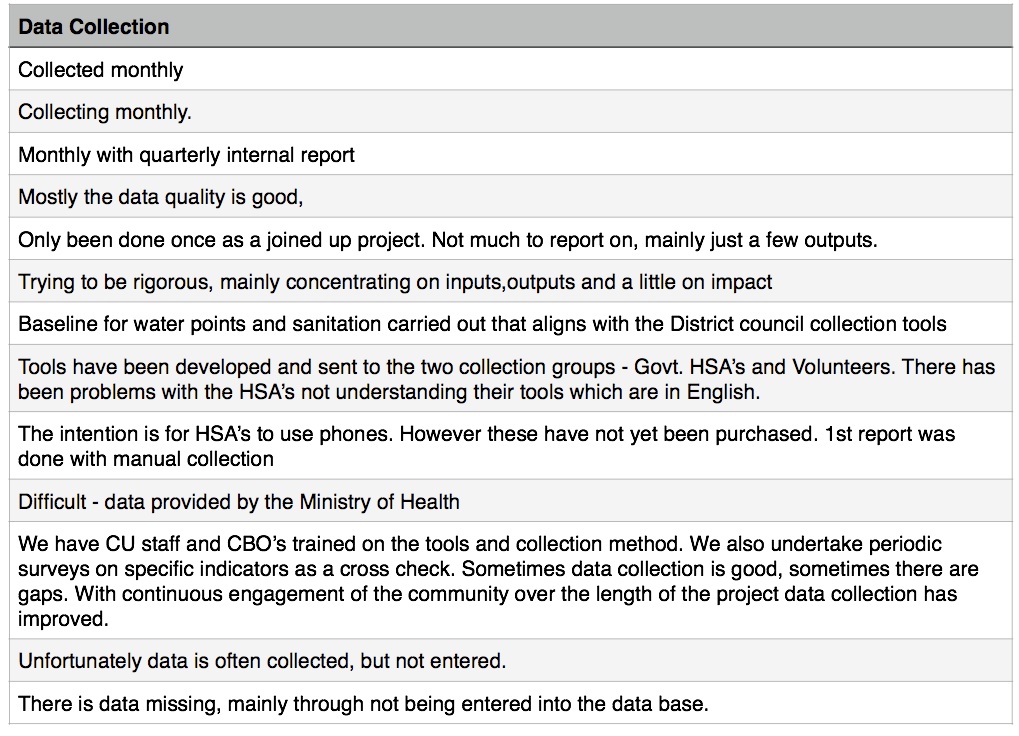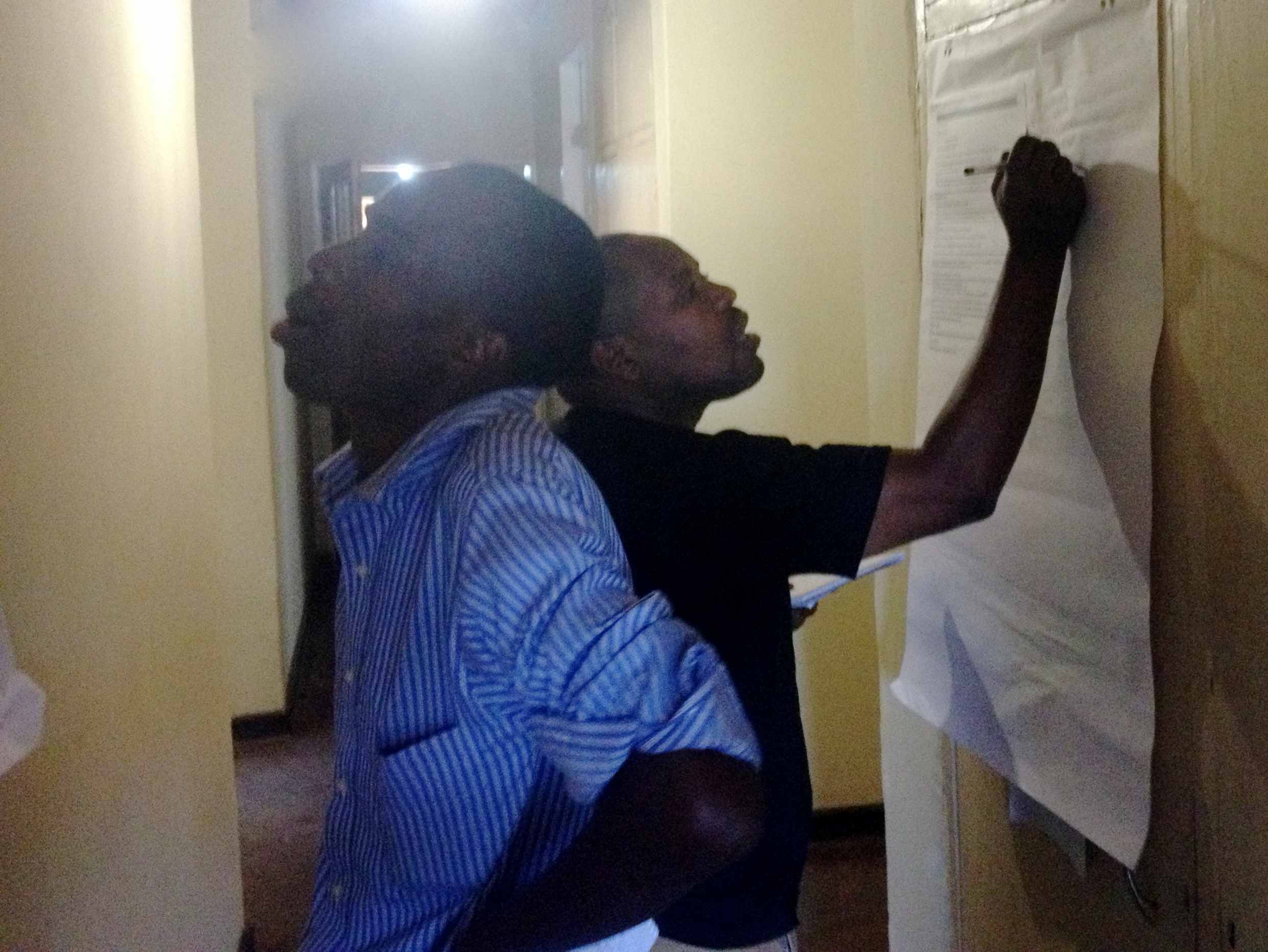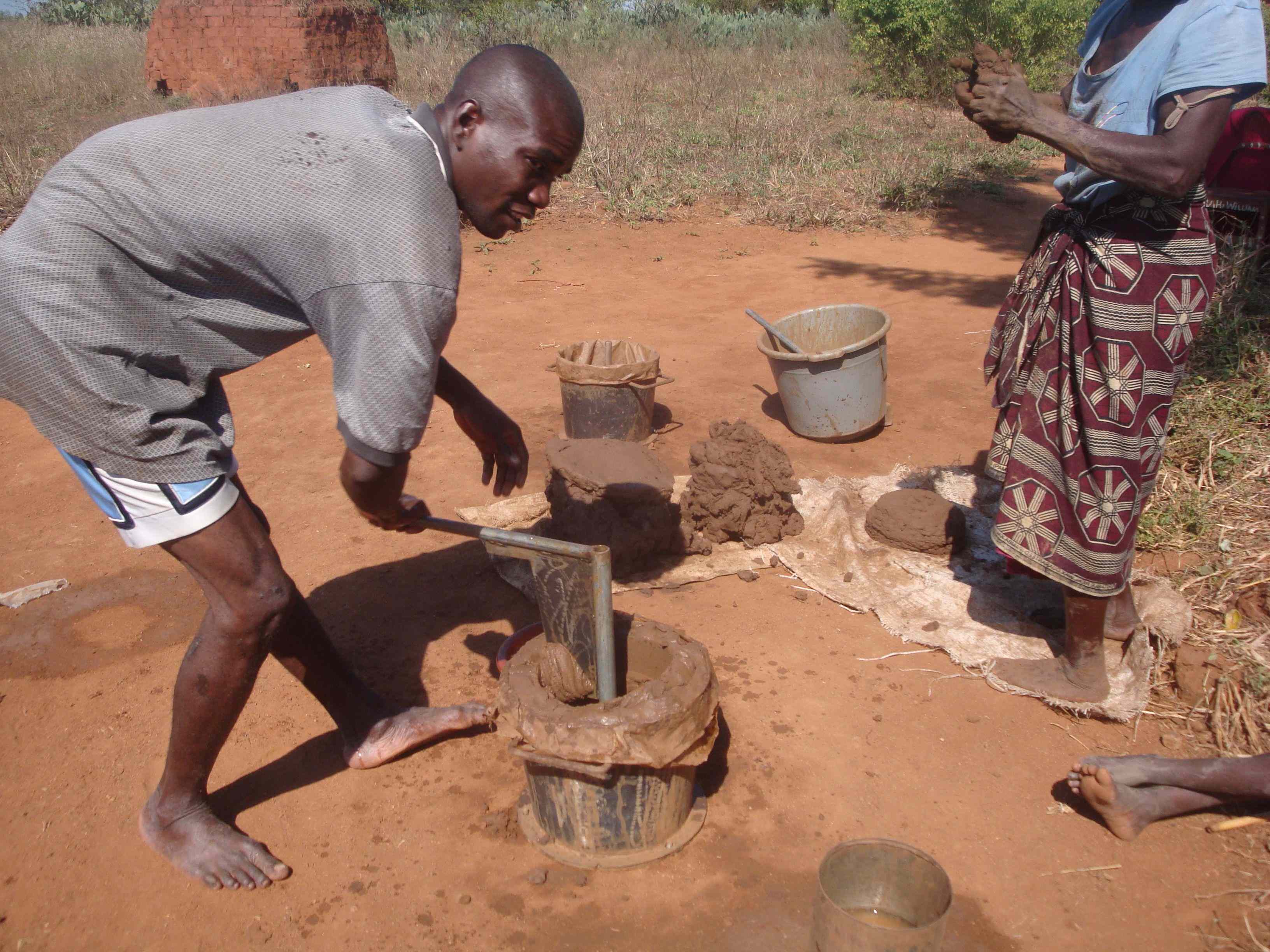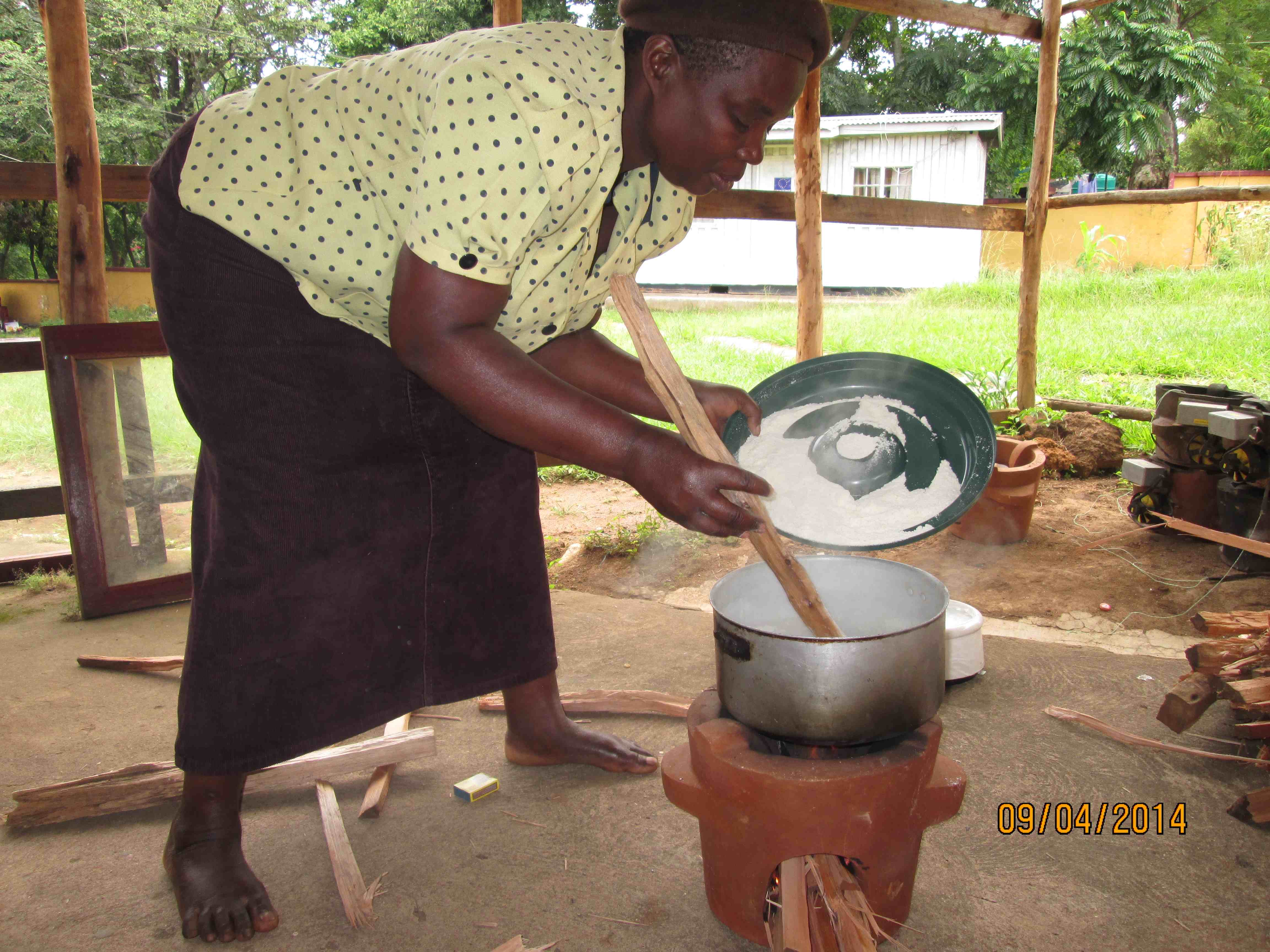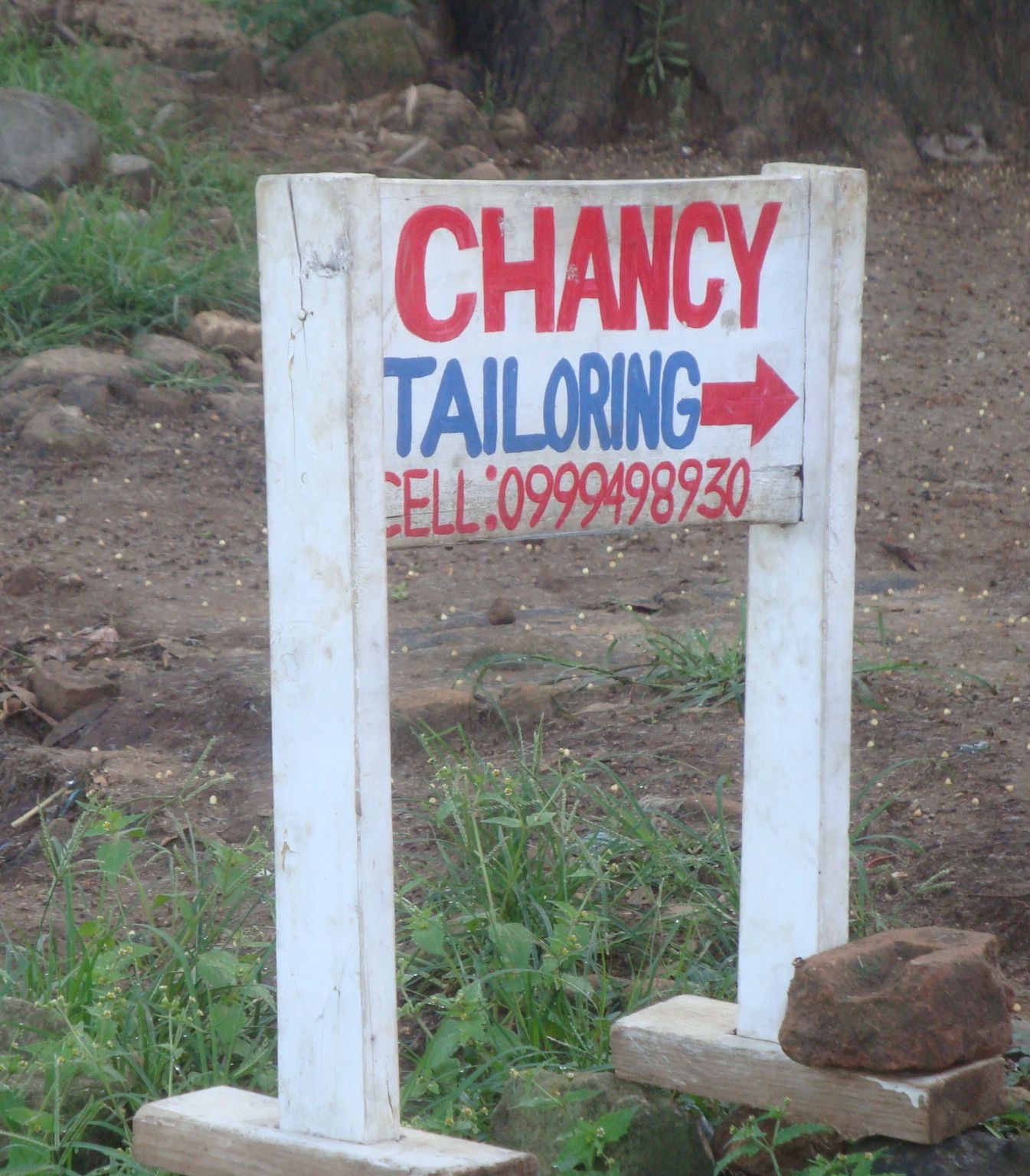I have just run the second workshop to gain staff input to the Impact report, this time with half of the WASH members. There are seven WASH (Water Sanitation and Hygiene) projects implemented by CU, which account for 23% of the total project expenditure, so I was pleased to have a few hours of their time as part of a Whole of WASH (WoW) get together.
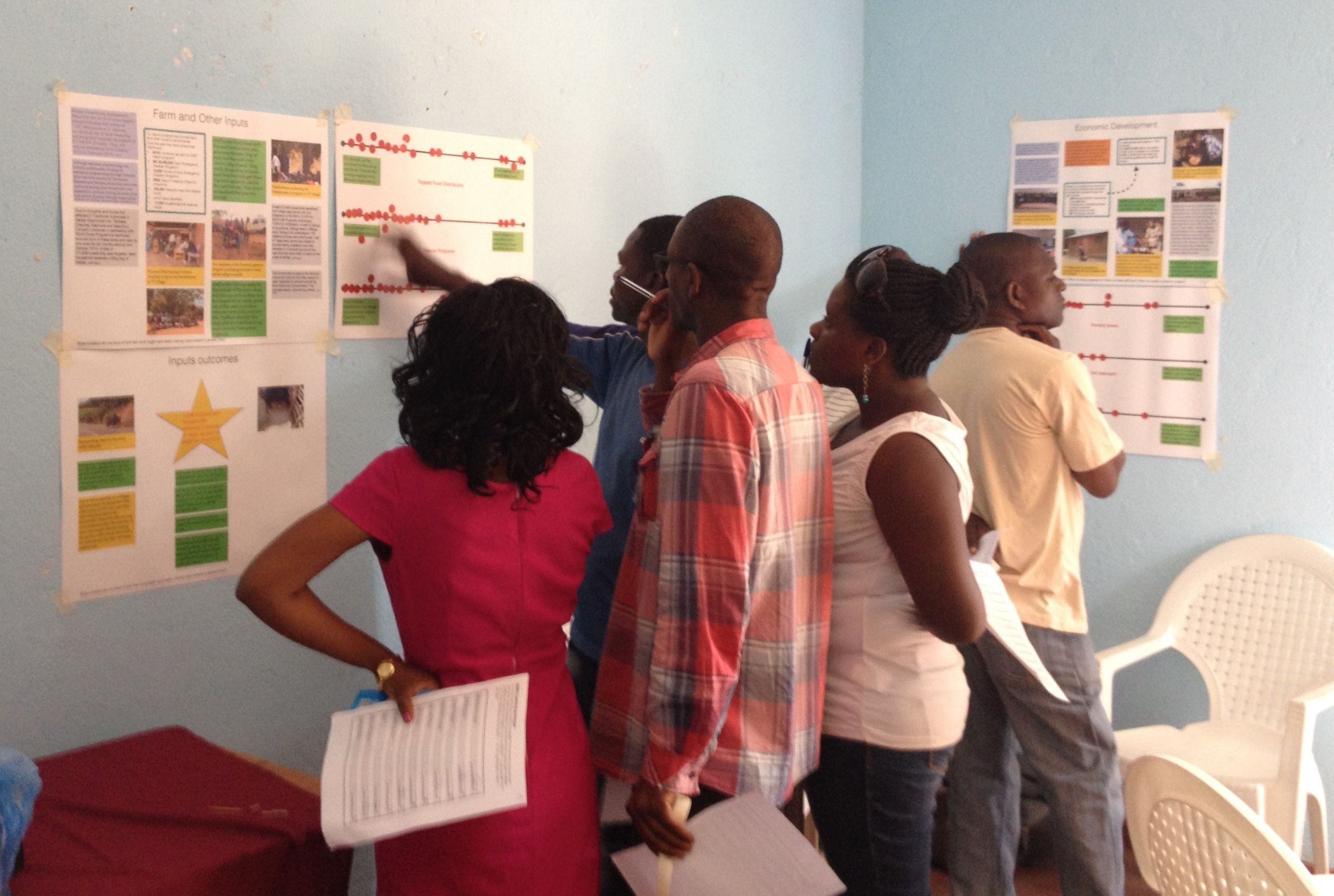
WASH staff look at posters describing activities and outcomes across the whole of CU
I again used the poster process, but this time remembered how successful it was in ’19 points of connection’ to have sticky dot likert scales associated with each poster. These sticker dot surveys have given some Interesting insights into the development world.
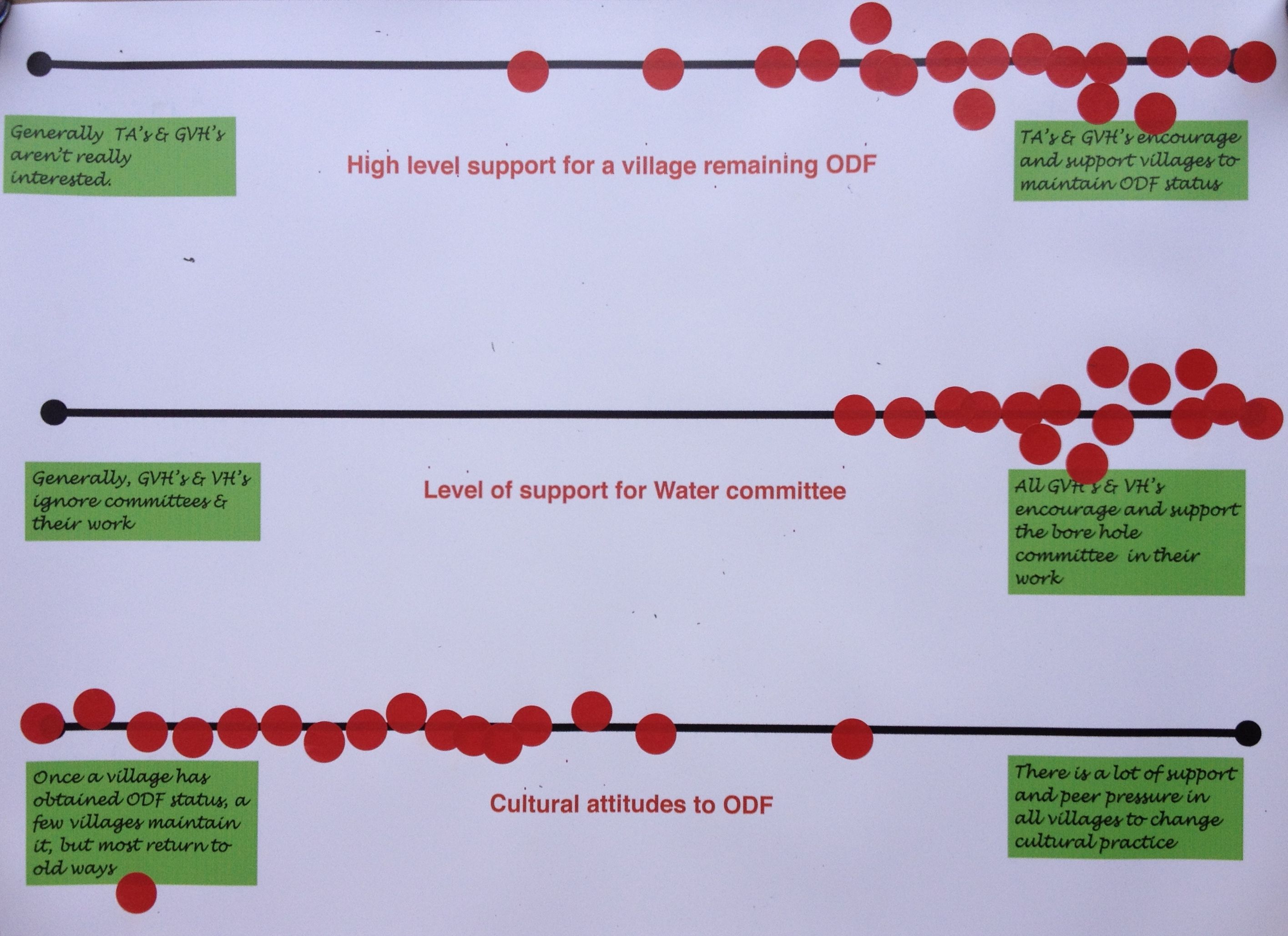
It looks as if there is more support for water provision than sewage.. funny that.
Junaid Ahmad is senior director for the water global practice of the World Bank Group. He maintains that interventions that focus on collective behavior change and shifting social norms are vital in this war on open defecation. ‘In rural India, there are places with signs that say: “We will not give our daughters in marriage to someone from a village that doesn’t practice total sanitation.” This is the type of social movement that is required. In addition, political will at the highest level is absolutely fundamental…..’ Unfortunately Malawi is unlikely to make it’s Millennium Development Goals in this area, mainly because according to UNDP, there is not sufficient high level political will in the country.
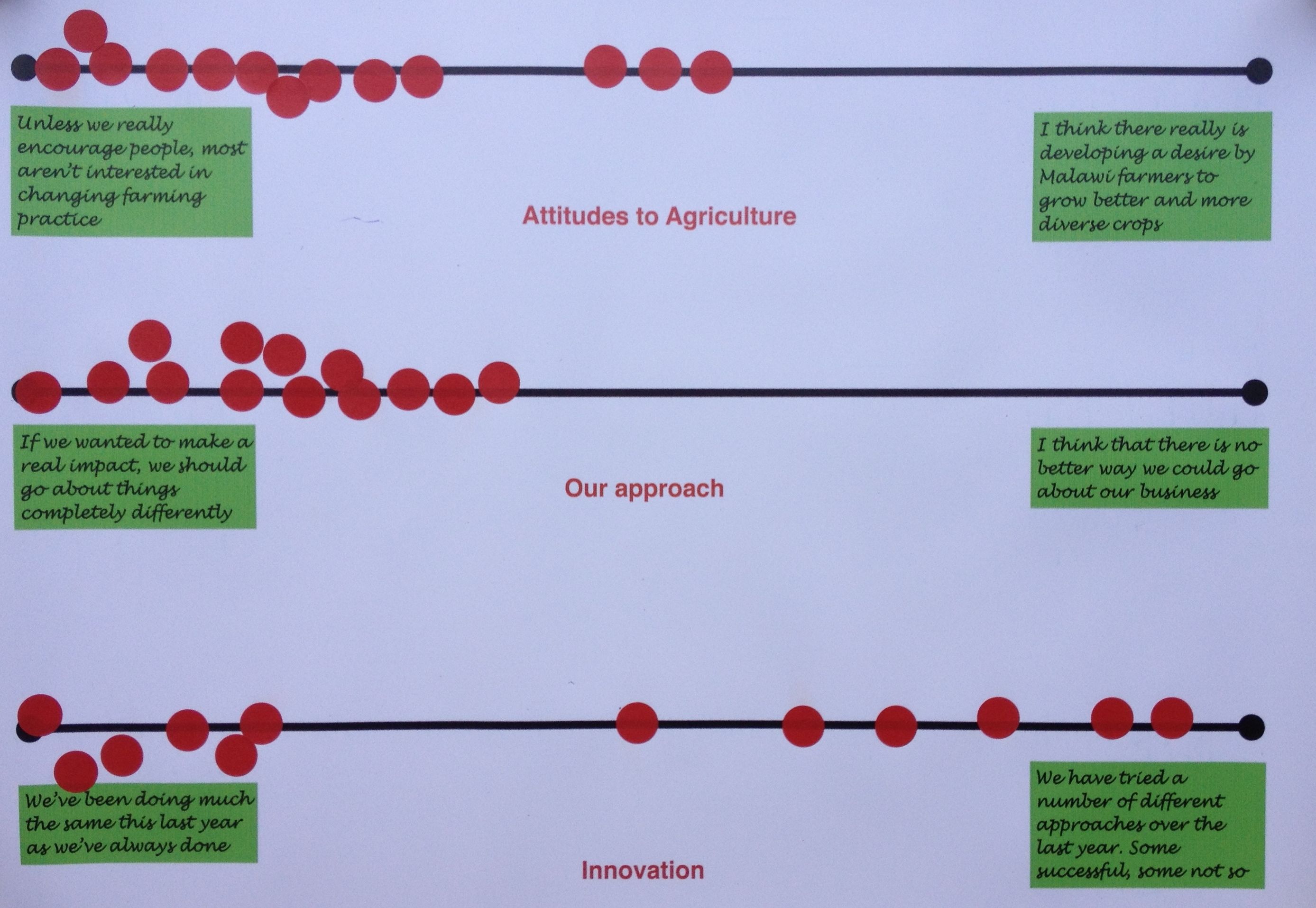
OK, so it was WASH staff commenting on agriculture, but almost everyone in the country grows maize.
I am pleased to see that there are some attempts at innovation, which when I consider the lack of political will to enact any change to carbon producing behaviour in other parts of the world it all makes Malawi look positively dynamic.




